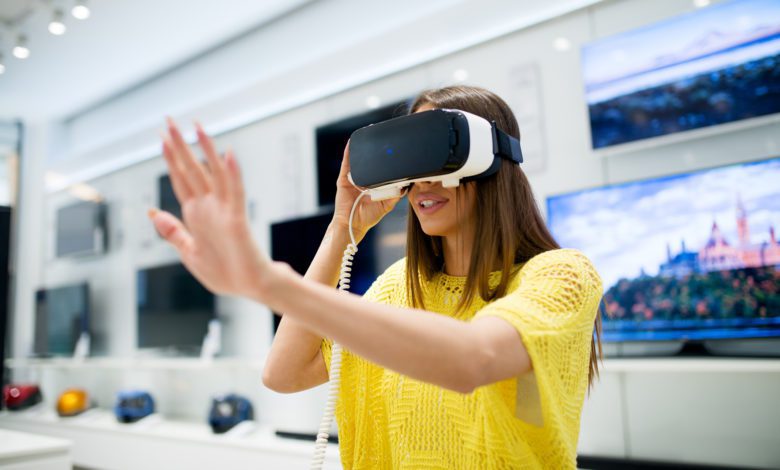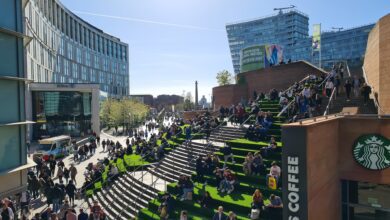Innovating retail spaces for a successful future
By Thomas Fletcher, projects director at Sigma

Whilst the growth of online consumer shopping was highly publicised during the prolonged periods of Covid-19 lockdown, the relaxing of the rules for non-essential retailers in England and Wales has led to a 174% rise in high street footfall. It’s a figure that shows the high street is certainly not ‘dead’ and indicates that many consumers still desire a ‘physical’ retail experience.







